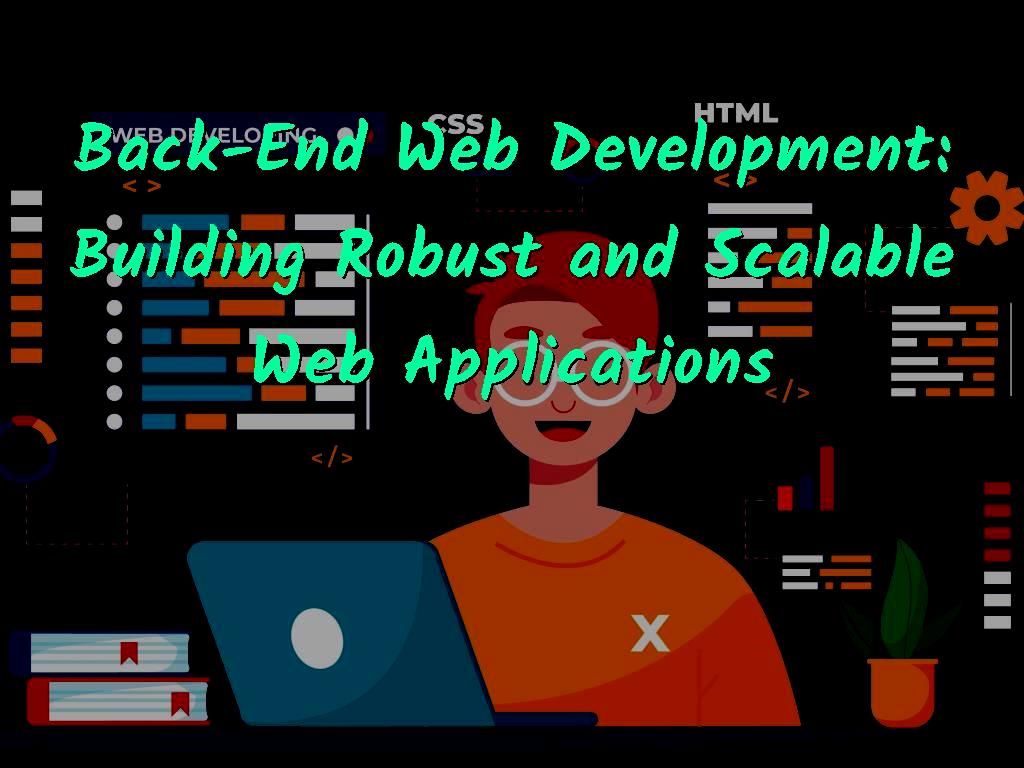Back-End Web Development: Building Robust and Scalable Web Applications
|
|
3 minute(s) read
|
Published on: Apr 09, 2025
Updated on: Apr 09, 2025
|
Here’s what you need to know about back-end web development.
1. Server-Side Languages
Back-end development relies heavily on server-side programming languages. Popular languages like Node.js (JavaScript), Python, Ruby, PHP, Java, and C# each have their own strengths. The choice of language depends on the project’s requirements and the developer’s expertise. For instance, Python is known for its simplicity and scalability, while Node.js excels in handling asynchronous operations.
2. Databases and SQL/NoSQL
Databases store the information that users interact with on a website, such as user profiles or product data. Relational databases like MySQL and PostgreSQL use SQL (Structured Query Language) to manage data, while NoSQL databases like MongoDB provide flexibility for unstructured data. Understanding how to query and manage databases efficiently is critical in back-end development.
3. APIs (Application Programming Interfaces)
APIs allow different software systems to communicate with each other. For web applications, RESTful APIs and GraphQL APIs are commonly used to allow the front end to send and receive data from the back end. Mastering API design and integration is vital for building dynamic, interactive websites.
4. Server Management
Understanding how web servers like Apache, Nginx, or cloud-based platforms (such as AWS and Google Cloud) work is essential for managing hosting, scalability, and performance. Developers should be familiar with deploying applications, managing domains, and ensuring the server environment is secure.
5. Security
Security is paramount in back-end development. Implementing secure coding practices like encryption, input validation, and protecting against common vulnerabilities (e.g., SQL injection, Cross-Site Scripting) is vital to prevent unauthorized access to sensitive data.
6. Scalability
A major concern in back-end development is scalability. As your website grows, it must be able to handle increased traffic and data load. Techniques like load balancing, database sharding, and caching can be used to optimize performance and ensure the back end remains responsive under heavy loads.
In conclusion, back-end web development is about building the infrastructure that powers websites. It involves server-side logic, data management, and ensuring that everything works smoothly in the background. Mastering these elements is key to creating secure, fast, and scalable web applications.
